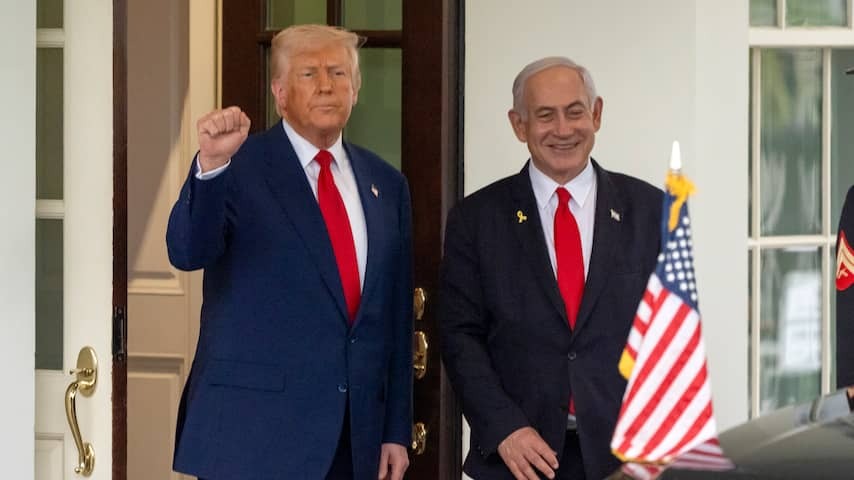
A newly dusted proposal for a ceasefire in Gaza appears to be on track for approval from both Israel and Hamas. A temporary ceasefire seems closer than ever, but we are awaiting official confirmation.
The new negotiations gained momentum after Israel and Iran reached a peace agreement. Both countries were embroiled in a brief but intense conflict with missile attacks back and forth. Under the leadership of Trump – who also bombed nuclear targets in Iran himself – that eleven-day conflict was ended.
Qatar and Egypt wanted to use that peace agreement as a springboard to also get negotiations about Gaza off the ground, insiders report to CNN. Mediators dusted off earlier plans for a ceasefire, in which the warring parties will initially lay down their arms for sixty days. During that period, Hamas will release ten still-living hostages in phases and return the bodies of eighteen deceased hostages to Israel.
That must happen without public ceremonies and anti-Israeli propaganda, as Hamas did during previous body transfers. There are reportedly still fifty hostages held by Hamas, of whom at least twenty are said to be alive.
In return, Israel will send back Palestinian prisoners of war and gradually withdraw its troops from the Gaza Strip. As soon as the temporary ceasefire takes effect, Israel and Hamas will start negotiations about lasting peace.
Both parties can benefit from a ceasefire
Until now, attempts to get Israel and Hamas to reach an agreement have been unsuccessful. Both parties were hardly willing to compromise. Hamas insisted on the demand for a permanent ceasefire and the withdrawal of the Israeli army from Gaza, Israel did not want to deviate from its war goals: the extermination of Hamas, the return of the hostages, and the occupation of Gaza.
But under pressure from Trump, there seemed to be more movement possible than initially thought. Criticism of the government of Prime Minister Benjamin Netanyahu about the actions in Gaza is growing by the day, also in Israel itself. Hamas is also seriously weakened, partly because ally and sponsor Iran emerged battered from the battle with Israel, The Guardian writes in an analysis.
The timing for a ceasefire is therefore very favorable for Netanyahu. Israel’s enemies are weaker than ever, and an end to the war in Gaza that is favorable to Israel can boost the prime minister’s reputation, is the thought. That, in combination with the safe return of as many hostages as possible, can give him a favorable starting position in new Israeli elections, according to the British newspaper.
Hamas also benefits from peace. The group is weakened, divided, and has hardly any allies who can or want to give support. Rest in the form of a ceasefire can offer Hamas the opportunity to catch its breath and reflect on the future.
Trump and Netanyahu may announce ceasefire on Monday
Trump reported on Friday that Israel had agreed to the plan for peace proposed by Qatar, Egypt, and the US. On Friday evening, Hamas came with the long-awaited response, in which the group said it was “positive” towards the proposal. Hamas would like to negotiate directly to put the proposal into practice. Israel then said it would study the response from Hamas, but it remained silent.
Although the signals for a ceasefire seem to be green, we are still waiting for official approval from the parties involved. Israel reports on Saturday evening that it is sending a delegation to Qatar to further discuss the possible agreement.
Trump said on Saturday he was optimistic about an agreement in the short term, but added that he was not aware of the latest state of affairs. A final agreement could come next week, he expects. There is strong expectation that the official announcement for the ceasefire will come on Monday, when Netanyahu is visiting the White House.
Ceasefire in January lasted sixty days
Should an agreement indeed be reached next week, it would not be the first ceasefire in the 21-month-long war between Israel and Hamas. In November 2023, a month after the outbreak of the conflict, a ceasefire proposed by Qatar lasted six days.
Earlier this year, a ceasefire was agreed that resembles the plans that are now on the table. That ceasefire survived the first phase of sixty days, but Israel and Hamas did not agree on an extension at the time. In mid-March, the violence flared up again after both parties accused each other of violating the ceasefire.